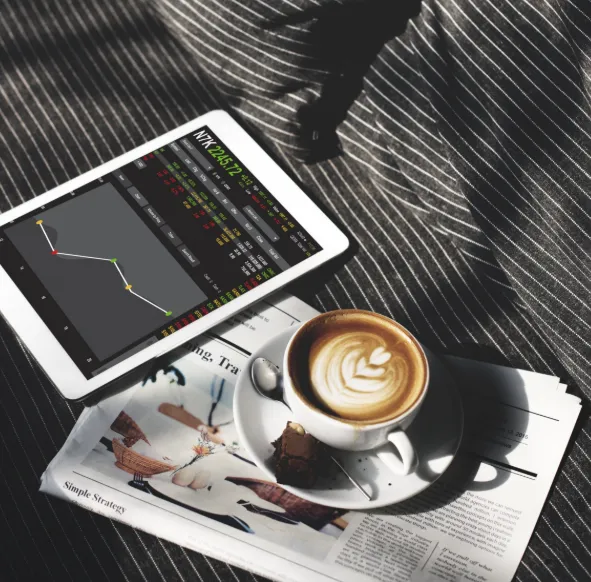The world of day trading is fast-paced, demanding a sharp understanding of not only market trends but also the very calendar that governs the trading landscape. For traders aiming to make the most of each opportunity, knowing how many days the market is open and when it closes early or for holidays is a strategic advantage. Here’s a detailed look into the trading calendar and the patterns that matter most to day traders.
Trading Days in a Year: What to Expect
Each year, the U.S. stock market operates for approximately 250 to 252 days. These figures fluctuate slightly depending on how holidays fall during the calendar year. For example, 2024 features 252 trading days, while 2025 will have 250. This slight variation can influence how traders set their goals and allocate their time throughout the year.
Key Market Holidays to Watch
U.S. markets observe several federal holidays annually. On these days, trading is closed completely. In 2024, closures include major holidays such as New Year’s Day (January 1), Memorial Day (May 27), and Christmas Day (December 25). Similarly, in 2025, the market will close on days like Martin Luther King Jr. Day (January 20) and Independence Day (July 4).
Aside from full closures, there are designated half-days when the market closes early, typically at 1:00 p.m. ET. These usually occur on the days leading up to major holidays, such as July 3, the day after Thanksgiving, and Christmas Eve. Recognizing these half-days helps traders prepare for lower liquidity and increased volatility.
Regular and Extended Trading Hours
For most U.S. stock exchanges—including the NYSE and Nasdaq—the main trading hours run from 9:30 a.m. to 4:00 p.m. ET, Monday through Friday. Beyond these, many traders engage during extended hours: pre-market trading generally spans from 4:00 a.m. to 9:30 a.m., while after-hours trading goes from 4:00 p.m. to 8:00 p.m.
Different markets operate on varying schedules. The forex market is open 24 hours a day, five days a week, while bond markets usually run from 8:00 a.m. to 5:00 p.m. ET.
U.S. vs. Global Markets
Compared to international exchanges, the U.S. tends to offer a greater number of trading days annually, primarily due to fewer public holidays. This increased access can lead to more consistent opportunities for active traders. However, global traders must consider how foreign markets’ holiday calendars may affect international trading volume and timing.
Timing Your Trades: Best Days of the Week
Market behavior tends to follow specific weekly patterns. Mondays are often slow, as investors ease into the week and react to weekend news. Activity picks up on Tuesdays and generally peaks by Wednesday. These mid-week sessions usually present the best windows for active day trading due to heightened volatility and volume. By Thursday and Friday, the energy tapers off, with traders often reducing their exposure ahead of the weekend.
Seasonal Shifts: Best Times of Year for Trading
Historical trends suggest that the third and fourth quarters of the year offer the most dynamic trading environments. From September through December, markets typically experience increased activity driven by earnings reports, economic updates, and year-end adjustments. Conversely, the summer months are known for their sluggish pace, as both volume and volatility tend to drop.
Best Hours for Day Trading
Timing within each trading day is just as crucial as selecting the right day. The first hour after markets open (9:30 a.m. to 10:30 a.m. ET) is often the most volatile and active, offering prime opportunities for fast-moving trades. Similarly, the final hour before the market closes (3:00 p.m. to 4:00 p.m. ET) sees a surge in volume as traders close positions and prepare for the next day. Midday trading (11:00 a.m. to 2:00 p.m.) is generally quieter and better suited for research or observation.
Final Thoughts
For anyone engaged in day trading, understanding the trading calendar is more than a logistical concern—it’s a core component of success. With roughly 250 trading days each year, every session represents a chance to grow your portfolio. Proper planning around market hours, holidays, and high-activity periods can significantly improve your strategy.
Whether you’re starting out or refining your trading habits, staying aligned with the market’s rhythm gives you a critical edge. Prepare your tools, mark your calendar, and trade smartly through the year.













